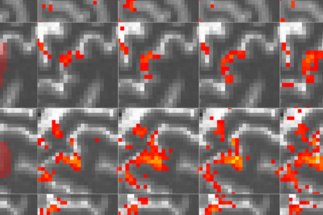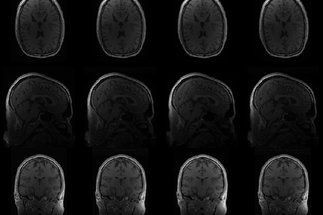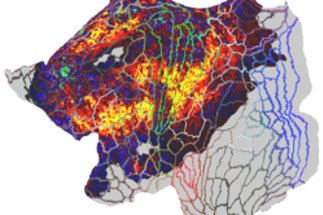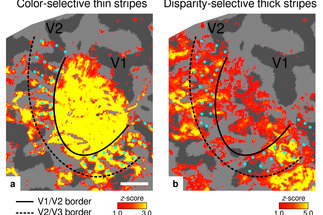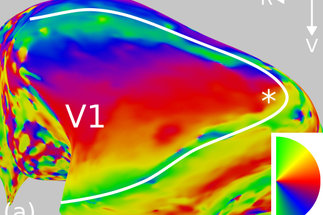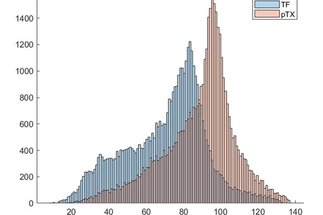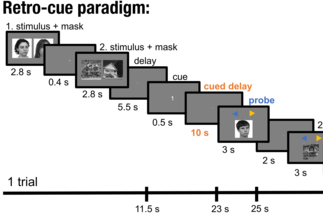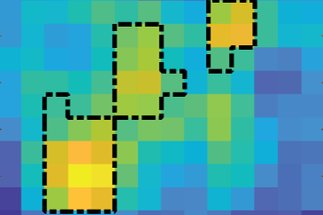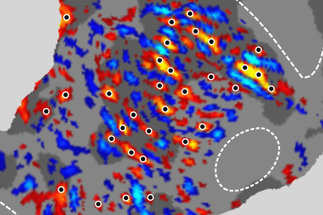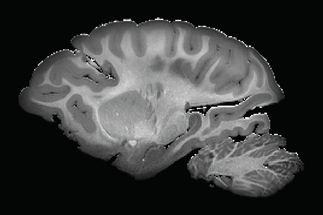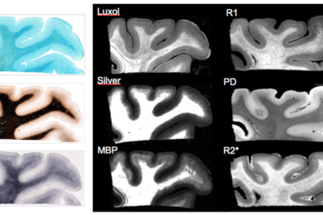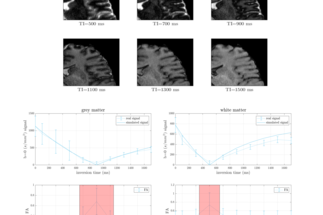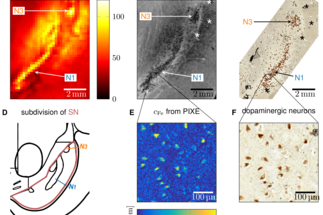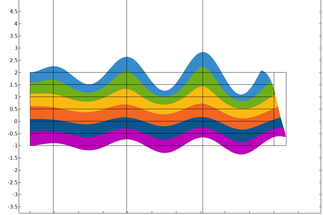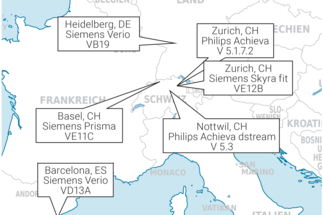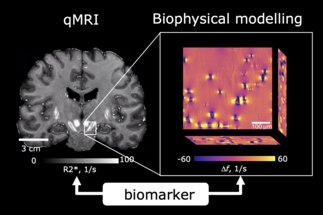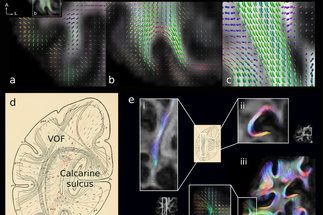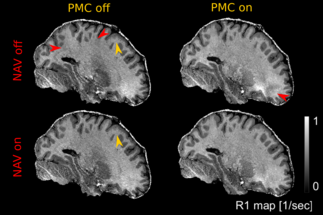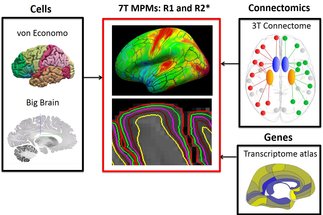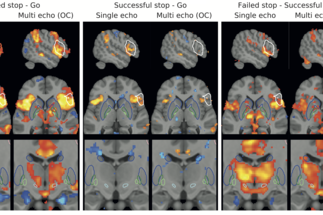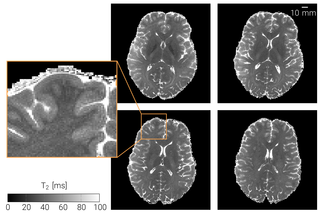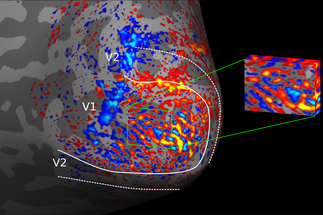Research
In the Neurophysics department, we focus on the development, validation, and application of non-invasive, quantitative magnetic resonance imaging (MRI) methods for the human brain. We aim to measure features that are historically only visible under the microscope to study the brain's structural and functional micro-organization. Our imaging-tools open the doors to study brain development, individual differences, disease mechanisms and biomarkers in living humans. Our department has scientific experts working on all areas from the initial acquisition of the data at the MRI scanner to the final data analysis.
Using a field strength of 7 Tesla, the "Arterial Blood Contrast" (ABC), which is based on the Magnetization Transfer effect, could be measured with an isotropic spatial resolution of 1.5 mm in combination with a conventional functional MRI contrast.
[more]
DeepcomplexMRI deep learnig reconstruction has been modified to process multi-echo MRI images. First results for different undersampling strategies suggest that performance is comparable to modern iterative algorithms like ENLIVE while taking only about 5 minutes to reconstruct a full 3D 1mm³/voxel resolved head image stack.
[more]
A recent fMRI study showed layer-specific responses in the dorsolateral prefrontal cortex during a working memory task. We attempted to replicate the original findings using newly acquired data and a fully automated analysis.
[more]
In this project, we studied cortical myelin in living humans at the spatial scale of cortical columns using high-resolution quantitative magnetic resonance imaging (MRI) methods at 7 T.
[more]
In this project, we study the resolution limits of different high-resolution functional magnetic resonance imaging (fMRI) methods to resolve differences within the cerebral cortex.
[more]
We implemented and optimized kt-points RF pulses to reduce bias and shading artifacts in whole brain ultra-high resolution MPM.
[more]
We used high-resolution fMRI and multivariate pattern analysis (MVPA) to explore how attentional modulation of working memory affects laminar specific representations in dorsolateral prefrontal cortex (dlPFC).
[more]
We performed laminar fMRI during a delayed match-to-sample task and varied working memory load and the requirement for a motor response. We found layer specific univariate and multivariate effects.
[more]
In this project, we investigate the brains of wild chimpanzees who died of natural causes at different developmental stages using high-resolution quantitative MRI and histology.
[more]
We explore spatially resolved lipid imaging using matrix-assisted laser desorption/ionization (MALDI) as a method for validating MRI-based myelin biomarkers.
[more]
Combined diffusion and T1 contrast can be used to explore the cortical grey matter structural complexity in the human brain in vivo.
[more]
We linked the effective transverse relaxation rate R2* with dopaminergic cell densities and iron concentrations in nigrosome 1 by combining 3D quantitative iron histology, post mortem ultra-high resolution MRI, tissue deironing, and analytical modeling approaches.
[more]
We characterize the cortical layers by biomechanical modeling and simulation of the developed human cortex tissue in-vivo using hyperelastic material models.
[more]
Embedded in the clinical trial NISCI (Nogo inhibition in spinal cord injury: www.nisci-2020.eu), we employ whole brain quantitative imaging at 3 Tesla as a new biomarker for de- and regeneration.
[more]
Understanding brain development and decline is of utmost importance in an aging society. MRI Biophysics Research Group aims to uncover crucial mechanisms of human brain aging, by identifying the contribution of iron accumulation, a major determinant of brain development and brain decline.
[more]
Robust U-fibre connectivity mapping can be achieved in vivo in the early visual processing stream using combined diffusion weighted imaging and functional retinotopy
[more]
We work on improving reliability of quantitative parametric maps by correcting for rigid head motion and B0-fluctuations measured during acquisition at 7T as well as by employing general function approximators to correct for artifacts of unknown origin at 3T.
[more]
We investigate the relationship between quantitative MRI (qMRI) at different cortical depths and cell counts, gene expression and white matter connections in the brain in order to provide novel biomarkers for tracking neurodegenerative diseases.
[more]
In order to study the Basal Ganglia in relation to cortical areas, the used fMRI protocol has to be carefully adjusted with respect to its region of interest and the necessary signal under-sampling. We performed a study at a field strength of 7 Tesla investigating the dependence of the detected signal on the MR parameters employed.
[more]
Transverse relaxation parameters are quantified in vivo for different cortical structures of the human brain at ultra-high field strength.
[more]
Columnar structures in the human visual cortex are studied using high-resolution fMRI methods in order to localize the actual source of neural processing more precisely.
[more]
